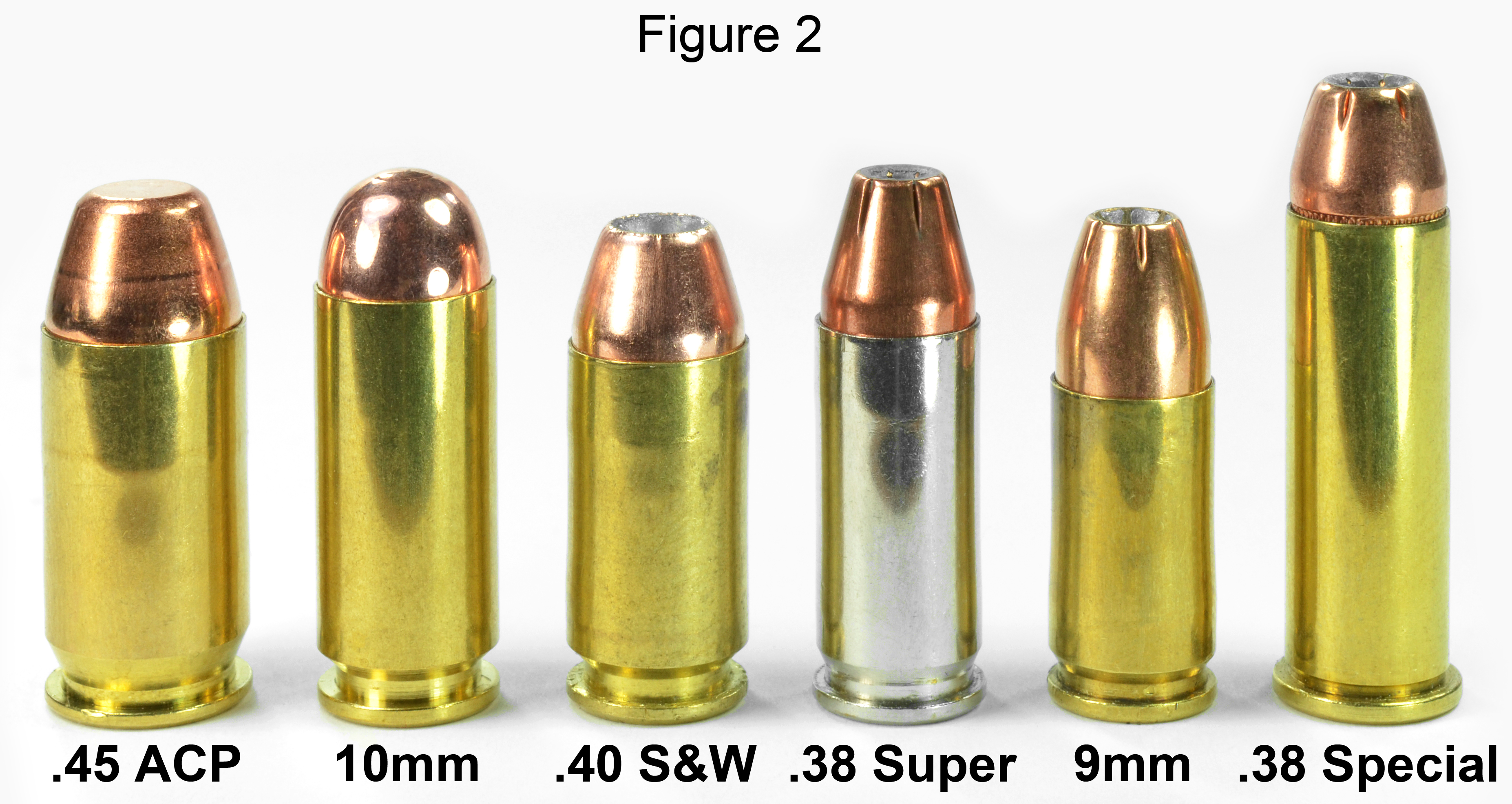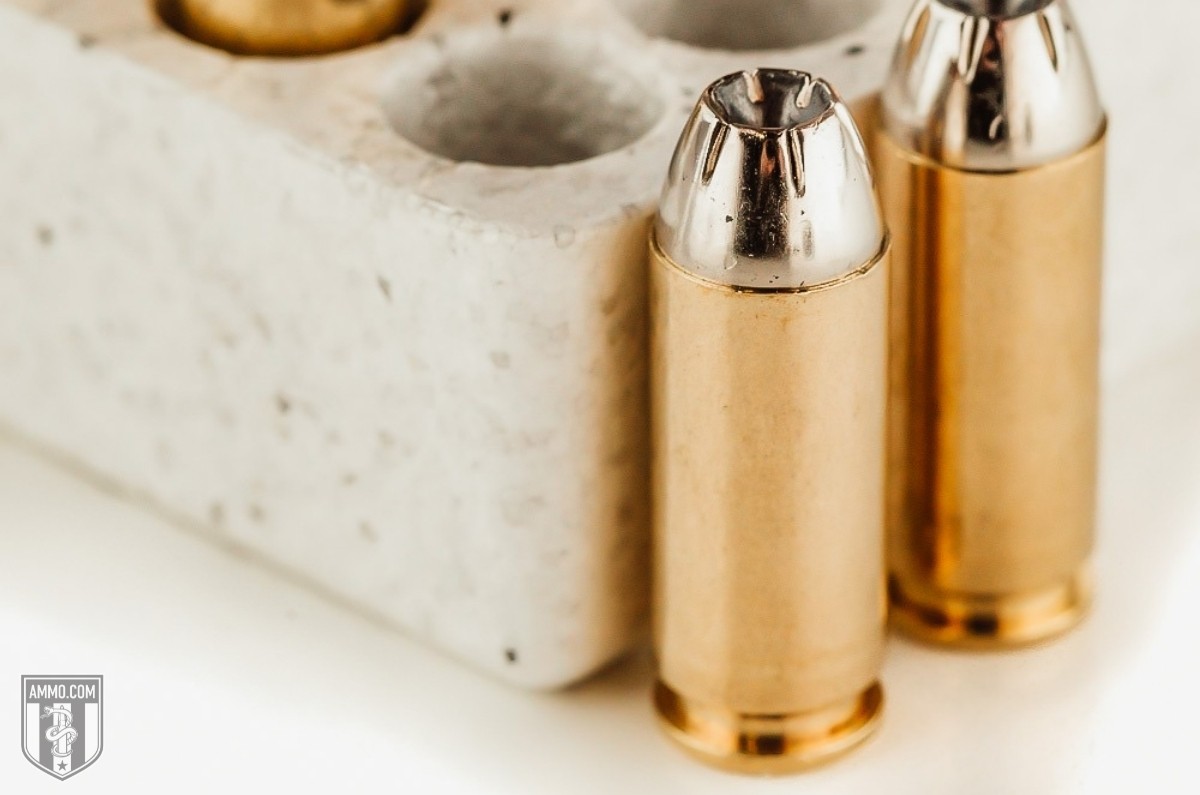

For smallish critters, the difference between the 9mm and 10mm is irrelevant. Recoil while hunting is not so important, partly because repetitive follow-up shots are not often used it’s generally a one-shot proposition. 10mm for Hunting If your main reason for owning a handgun is for hunting medium to large game, the 10mm is clearly the best option. Here again, the shootability of the 9mm makes it a better choice where a family is concerned. However, a home defense handgun might need to be used by any member of a household. A home defense handgun will spend most of its life in a safe or lock box.

Home defense is similar to concealed carry, but handgun size and weight are not as important. 10mm for Home Defense Modern 9mm ammunition may not hit has hard as comparable 10mm loads, but it has proved more than adequate for self-defense. That’s not a tremendous difference, but it adds up for a 1,000 rounds, it’s a $150, and a 9mm will ring steel just as well as a 10mm. At even the best pandemic prices, a 50-round box of 9mm ammo will cost you about 70 cents per round, whereas 10mm rounds go for about 85 cents each. Both will make your range time less enjoyable. 10mm for Recreational Shootingįor recreational purposes, you don’t want a handgun with heavy recoil or one for which ammunition is expensive. There’s a reason most police departments issue 9mm handguns. But, when you consider carry comfort and shootability, the 9mm is probably the best choice for all but the most experienced shooters. Regarding terminal performance, the 10mm will generally damage more tissue. This allows for better accuracy and faster follow-up shots. The 9mm G26 has about 40 percent less recoil, making it much more comfortable to shoot. The 10mm G29 recoils with almost 10 foot-pounds of energy.

Recoil and terminal performance are important for concealed carry too. In fact, a Glock 19 (also a 9mm) with a loaded 15-round magazine still weighs less (30.16) than the loaded Glock 29. A similar-sized Glock 26 (which is a 9mm) with a loaded 10-round magazine weighs just 25.75 ounces, or about 20 percent less. Most 10mm handguns are heavy about the lightest 10mm you can find is the Glock 29, which weighs in at 32.8 ounces with a loaded 10-round magazine. There are a lot of things to consider when it comes to concealed carry, including how comfortable a gun is to carry. 10mm for Concealed Carry Because it is offered in compact reliable handguns like this Wilson Combat EDC X9S, the 9mm is probably the best all-round choice for concealed carry. This means that the best way to make the comparison is to consider what the handgun will be used for. You wouldn’t want to drive a nail with a screwdriver or shoot an elephant with a. Finally, some only intend to use their handgun for hunting. Others might keep a handgun at home just in case it’s needed for self-defense. Some only own a handgun for recreational purposes. Some people carry a handgun to protect themselves from other people. Why? Partly because power is not everything, and mostly because not everyone uses handguns for the same reasons. But even for more experienced handgun shooters, the question is not a total no-brainer. These may be largely new shooters, but that’s a good thing, and new shooters really need to get the answer right. Well, first off, our research indicates that “9mm or 10mm?” is one of the most common questions shooters are asking these days. The best 10mm handgun loads will drive a 180-grain bullet to around 1250 fps and generate more than 600 foot-pounds of energy. That equates to about 374 foot-pounds of energy.

The best 9mm loads will push a 124-grain bullet to about 1165 fps from a common duty- or similar-sized handgun. Even if your ballistics knowledge is minimal, you probably know the 10mm is more powerful. It may seem silly to compare the 9mm to the 10mm. We may earn revenue from the products available on this page and participate in affiliate programs.


 0 kommentar(er)
0 kommentar(er)
